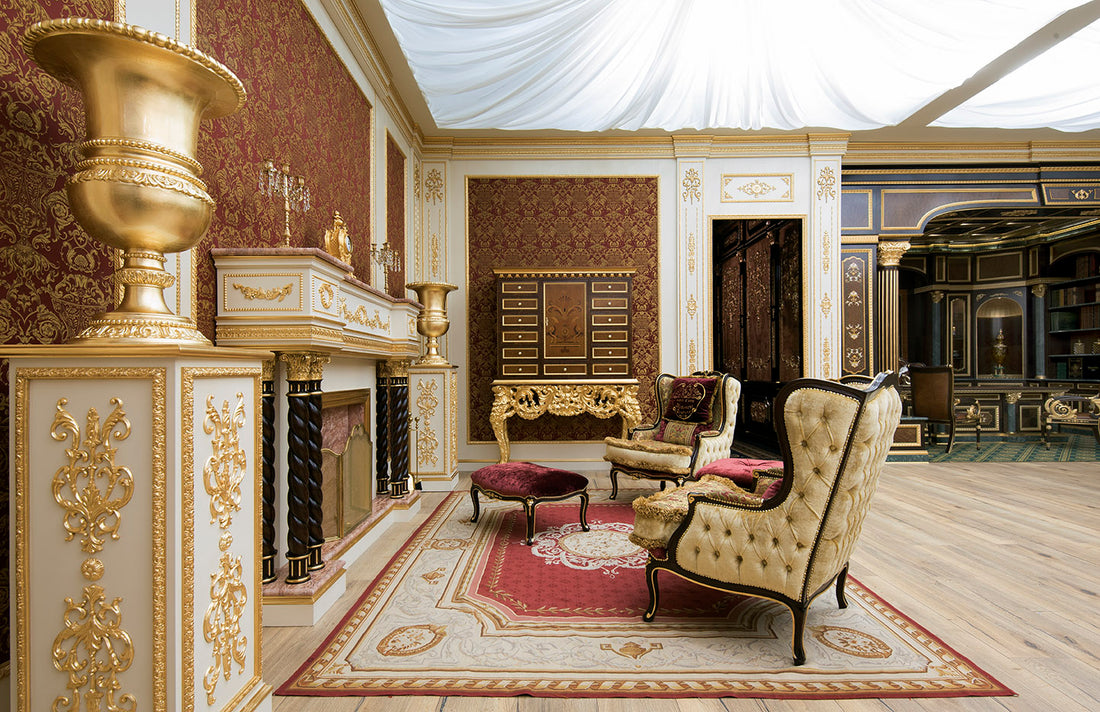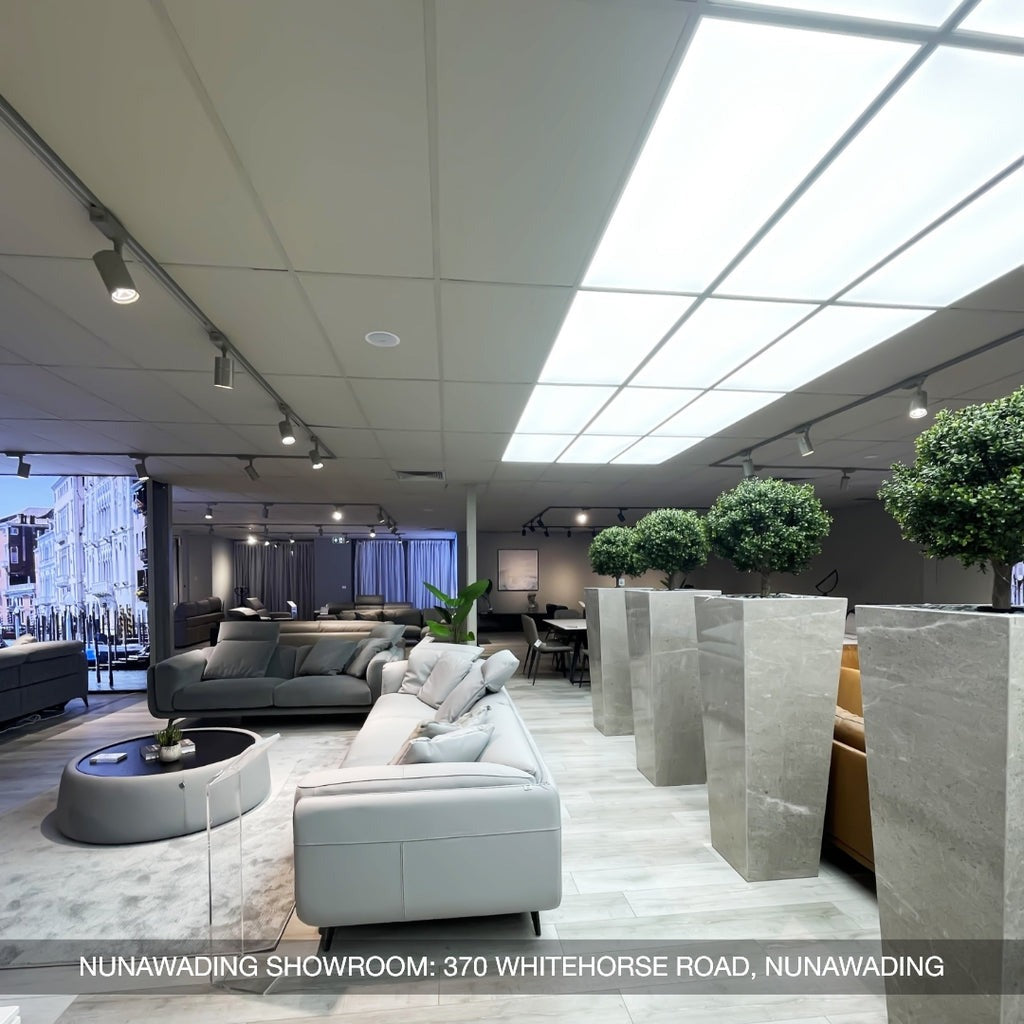Italian furniture design unveils a captivating journey through the centuries, seamlessly interwoven with the threads of Italian design history. As we explore the evolution of furniture aesthetics and functionality, the broader narrative unfolds within the context of the history of Italian design. Italy's legacy in design excellence is a testament to a cultural and artistic heritage that has significantly influenced global trends. From opulent Renaissance pieces to sleek, modern creations, the history of Italian furniture design mirrors the nation's commitment to craftsmanship, innovation, and an enduring aesthetic legacy that has left an indelible mark on the world of design.
The Influence of Italian Renaissance on Furniture Design
The influence of the Italian Renaissance on furniture design is an indelible chapter in the rich tapestry of Italian furniture history. Emerging as a cultural and artistic epicenter, Italy during the Renaissance era became a crucible for transformative ideas that profoundly impacted various facets of life, including furniture aesthetics. This period, marked by a revival of classical knowledge and an emphasis on humanism, redefined the parameters of furniture design. Italian Renaissance furniture reflected a departure from medieval austerity, embracing symmetry, proportion, and clean lines inspired by ancient Roman and Greek styles.

The fusion of art and functionality in Renaissance furniture showcased exquisite craftsmanship, utilizing premium materials such as marble and precious woods. This marked the inception of Italian furniture's legacy of marrying opulence with practicality. The enduring influence of the Italian Renaissance on furniture design is evident in the intricate carvings, elaborate decorations, and multifunctional aspects of the pieces produced during this era. As we explore Italian furniture history, the echoes of the Renaissance resonate in the timeless and classical designs that continue to define the essence of Italian furniture craftsmanship.
The Italian Furniture History
14th and 15th Centuries
14th and 15th Centuries
The illustrious journey of Italian furniture history unfolds as a captivating narrative spanning centuries, each era contributing distinct characteristics to the evolution of design. In the 14th and 15th centuries, the Renaissance period emerged as a transformative force, leaving an enduring imprint on Italian furniture. A departure from medieval austerity, this era emphasized symmetry, proportion, and opulent craftsmanship. Marble and precious woods became the canvas for intricate carvings, defining the era's aesthetic and laying the foundation for Italy's prowess in furniture design.
16th and 17th Centuries
The 16th and 17th centuries ushered in the Baroque period, characterized by an exuberant grandeur that marked a departure from the understated elegance of the Renaissance. Italian furniture during this time embraced elaborate designs, larger scales, and exaggerated curves. This opulent shift reflected a desire for grandiosity and ornate detailing in furniture, showcasing the dynamism of Italian design history.
18th and 19th Centuries
The 18th and 19th centuries witnessed the Italian furniture industry's response to the rise of the middle class. With increased disposable income, furniture design became more refined and elegant, blending classical inspiration with contemporary nuances. This period showcased a commitment to simplicity and balance, drawing from classical Greek and Roman designs while incorporating a modern twist. The intersection of functionality and aesthetics became a hallmark of Italian furniture, solidifying its reputation for timeless elegance.
Modern Italian Furniture Design
The 20th century marked a revolutionary phase with the advent of Italian modernism interior design. Visionaries like Gio Ponti and Ettore Sottsass spearheaded a movement that embraced clean lines, simplicity, and a departure from ornate details. This era transcended traditional boundaries, offering iconic pieces that seamlessly blended artistic expression with functionality. The influence of Italian modernism interior design reverberates globally, positioning Italy as a beacon of innovation in the world of contemporary furniture, and reaffirming its enduring impact on the trajectory of design history.

The Characteristics Of Italian Furniture Design
A Timeless Elegance And Sophistication
A Timeless Elegance And Sophistication
Italian furniture design is characterized by a timeless elegance and sophistication that transcends eras. Whether it's a classic or contemporary piece, Italian furniture exudes a refined aesthetic that stands the test of time. This enduring quality is particularly evident in high-end Italian sofas, where meticulous craftsmanship and attention to detail create pieces that become timeless focal points in any living space. The seamless blend of form and function is a hallmark of Italian design, contributing to the everlasting allure of these furniture pieces.
Influence Of Classical Motifs
The influence of classical motifs is a defining feature in Italian furniture design. Rooted in the rich cultural and artistic history of Italy, classical elements such as intricate carvings, elegant curves, and symmetrical patterns are seamlessly incorporated into contemporary designs. This fusion of the past and present not only adds a sense of tradition but also contributes to the luxurious and timeless appeal of Italian furniture. Italian furniture often showcases these classical motifs, marrying the elegance of historical design with modern comfort and functionality.

Various Design Styles And Trends
Italian furniture design is celebrated for its versatility, accommodating various styles and trends. From the ornate Baroque period to the sleek lines of modern minimalism, Italy has been at the forefront of design evolution. The ability to adapt and innovate while maintaining a core essence of sophistication sets Italian furniture apart.
High-Quality Materials
High-quality materials are integral to Italian furniture, contributing to both its aesthetic appeal and longevity. Italian leather, renowned for its luxurious texture and durability, is a prime example of the commitment to using premium materials. High-end Italian sofa often feature exquisite leather upholstery, adding a touch of opulence and ensuring that the furniture ages gracefully. The meticulous selection of materials underscores the dedication to creating enduring pieces that withstand the test of time.
Integration Of Art And Functionality
The integration of art and functionality is a distinctive aspect of Italian furniture design. Each piece is not merely a utilitarian object but a work of art that enhances the aesthetic appeal of a space. Italian furniture exemplify this integration, offering not only supreme comfort but also serving as statement pieces that elevate the overall design of a room. The marriage of artistic expression and practicality showcases the depth of thought invested in every piece of Italian furniture.
A Timeless Quality
In essence, Italian furniture design embodies a timeless quality that transcends passing trends. The craftsmanship, choice of materials, and meticulous attention to design details contribute to pieces that stand as both functional furniture and timeless works of art. The characteristics of Italian furniture design, from classical influences to the integration of art and functionality, converge to create pieces that continue to captivate and enrich living spaces for generations.
Conclusion
The history of Italian furniture design stands as a testament to the nation's unparalleled legacy of craftsmanship and innovation. From the opulence of the Renaissance to the sleek modernism of the 20th century, Italian design has continually evolved, leaving an indelible mark on the global aesthetic landscape. The rich tapestry of Italian design history weaves a narrative of timeless elegance, versatility, and an unwavering commitment to high-quality craftsmanship. As Italy continues to shape the future of furniture design, its past serves as an enduring source of inspiration, ensuring that the allure of Italian furniture will captivate generations to come.





